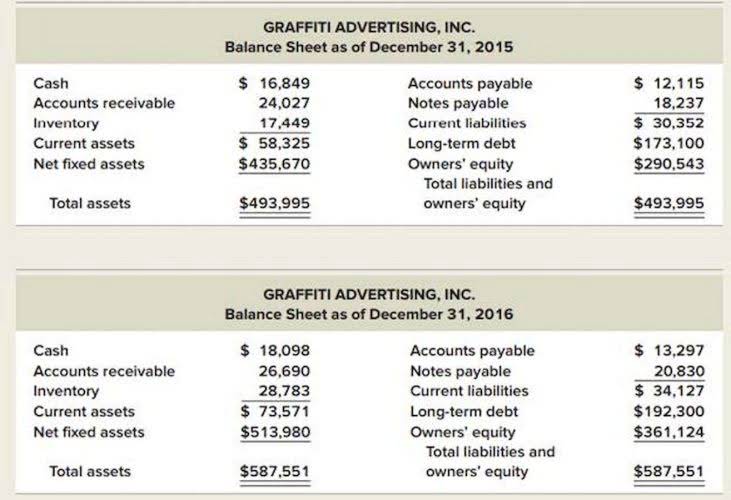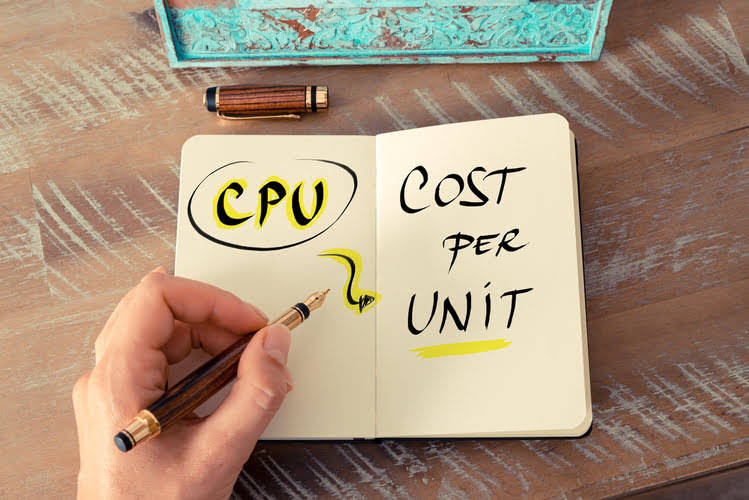
By leveraging ACH Genie’s cutting-edge financial technology, you can stay ahead in the evolving landscape of financial transactions. Proper ACH file validation is crucial for avoiding errors and penalties. ACH Genie’s solutions ensure that your transactions are processed smoothly, reducing the likelihood of returns and chargebacks. At ACH Genie, we offer advanced ACH payment processing software that simplifies and secures your transactions.

Disputed payments and stop payment orders
Same-Day ACH is an improvement to the ACH network that allows the processing of credit, debit, and return transactions several times a day. To comply with Nacha standards, certain exception codes, or return codes, should only come up so often. Codes R02, R03, and R04 should not come up more than 3% of the time, for example. The National Automated Clearing House Association (Nacha), mandates the use of three return codes which give readers lots of information about what to do next. Let’s go over returns, common return codes, and what to do when you receive one. When the receiving institution rejects the credit or debit, that institution will notify the ODFI and generate a code to explain why the transaction was rejected.
FedACH Risk Management Services
- An R04 return code may need further explanation as to why the account number did not pass the validation process.
- A chargeback fee is incurred when a customer disputes a transaction and requests a reversal.
- There is no limit to the amount of individual transactions done via ECS debit.
- Individuals use ACH debit to transfer funds to brokerage accounts without incurring high transfer fees.
- Wire transfers are processed individually and usually complete within hours, making them faster but costlier compared to ACH transfers.
- Returns must follow the time frame as set forth in the Rules & Regulations by Nacha.
- Look for patterns like repeated returns from the same account or multiple transactions failing due to incorrect account information.
This method creates a self-imposed discipline and prevents accidental shortfalls. Log in to your bank account or mutual fund platform and review all active mandates. Cancel the ones you no longer use—like old SIPs or utility accounts. Always keep a minimum buffer in your what are retained earnings bank account—ideally ₹2000–₹5000—especially around your ECS/NACH debit dates. Different banks levy different charges, and they may vary depending on the type of account you hold.
- Individuals working as freelancers use ACH debit to pay their invoices and collect payments without any hassle.
- This means that the ACH payment can initially be processed and rejected later.
- However, this fee is charged if no reason for the ACH debit return is provided, if there are insufficient funds in the account, or if the bank information of receiver is incorrect.
- Between 2020 and 2021, ACH grew by 8.7% to a total of 29.1 billion payments.
- Same-Day ACH is an improvement to the ACH network that allows the processing of credit, debit, and return transactions several times a day.
- Institutions that receive only U.S. government transactions or that elect to use a private-sector operator exclusively are not assessed the fee.
A Merchant’s Guide to ACH Returns and ACH Return Codes

An electronic funds transfer (EFT), also known as a direct deposit, is the digital transfer of money between bank accounts. As digital transfers, they reduce the need for manual input and paper documents. In some cases, a business bank account holder, or the bank itself, may request a return after that 2-day window has closed. If the ODFI (your bank, or your ACH Processor) agrees to accept a late return, it is processed using the R31 return code.
- Plaid IDV (identity verification) is a fast, secure method for verifying customer identity online.
- Community, regional investment, commercial or consumer, come on in.
- Like traditional chargeback issues, ACH chargebacks can have severe consequences on business, not limited to significant financial losses but even legal action.
- Then, they make the request to contact the OFDI while transferring the funds.
- It happens when the bank cannot process the ACH transaction request.
- Authorization revocation happens when a consumer withdraws consent for a recurring ACH transaction.
ACH Debit VS Credit

For example, larger businesses might pay as little as $0.20 per transaction, while smaller businesses could pay up to $1.50 per transaction. The FedACH system also applies lower fees for higher transaction volumes, making it economical for businesses with frequent ACH transactions. Businesses can save a considerable amount by switching HOA Accounting from paper checks to ACH payments. Recurring payments are another essential feature of ACH transfers. For instance, if you pay your utility bills or mortgage automatically every month, you’re using ACH.
Services
- ACH Returns are not unusual in ACH processing and standard practices exist to manage them efficiently.
- Below, we’ll cover what causes ACH returns, their impact on businesses, ACH return fees, and best practices for handling ACH returns.
- This flexibility can prevent unintentional payments and the subsequent hassle of returns.
- Utilizing technology to prevent returns not only saves you money in fees but also strengthens your relationship with your customers by ensuring a seamless payment experience.
- Sometimes, an ACH return can occur if someone revokes authorization (ACH chargeback) for the transfer.
- Navigating the intricacies of the ACH Network can be time-consuming, but partnering with experts can bring undeniable value to businesses.
Moreover, the percentage of unauthorized debit return codes should be less than 1%. When the receiving bank notices a duplicate transaction that’s similar to a recently made payment, it may issue a return to the sender’s account. Duplicate transactions happen when the customer makes multiple attempts to pay for a transaction. If a customer’s bank details change due to a merger or new account numbering system, you’ll get an NOC. This tells you to update the customer’s information for ach return charge future transactions. When an ACH transaction fails, a return code is generated by the Receiving Depository Financial Institution (RDFI) and sent back to the Originating Depository Financial Institution (ODFI).




